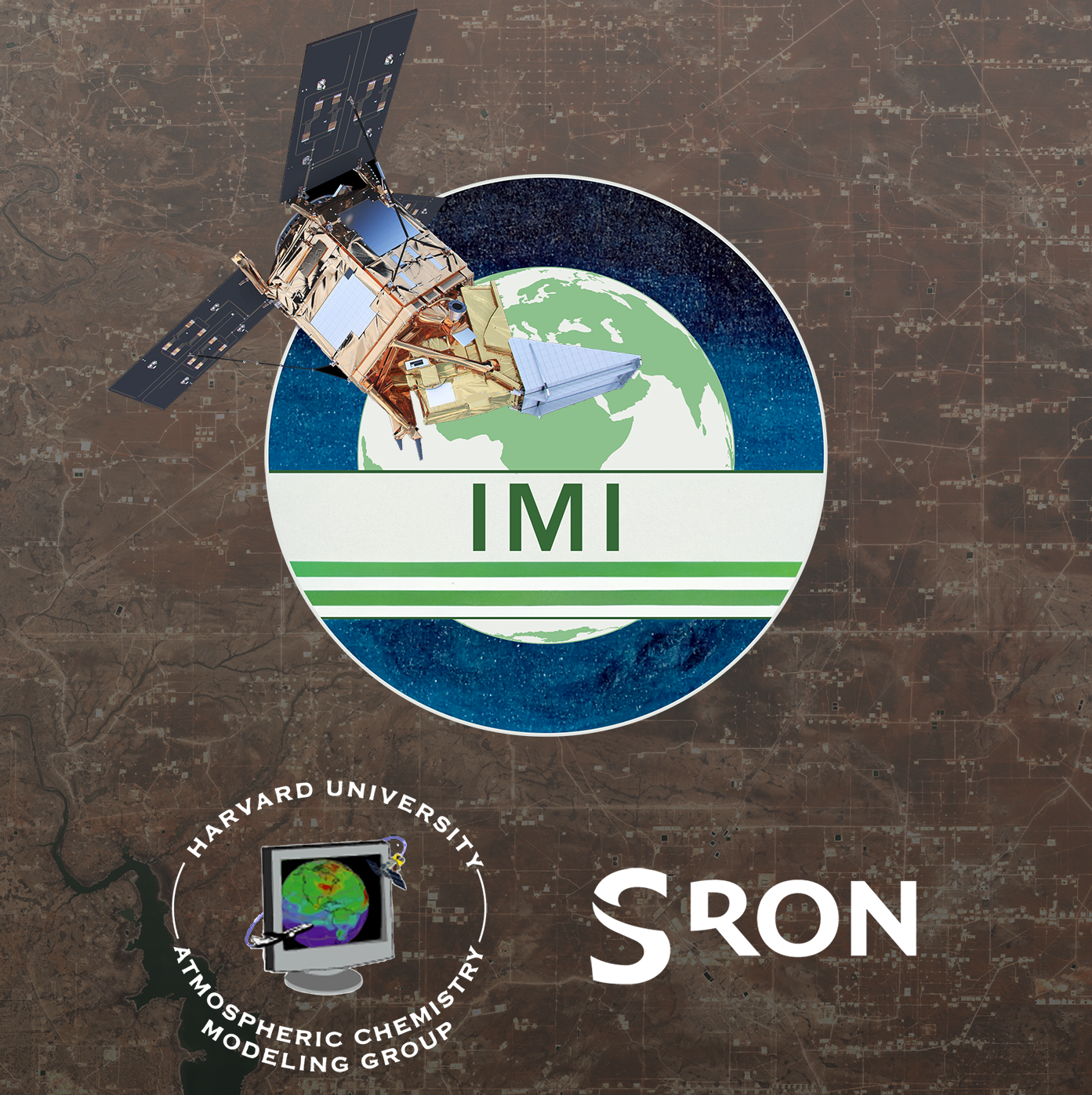Harvard and SRON join forces to open up TROPOMI data to broader community
SRON is joining forces with Harvard University, who have designed a computing tool for estimating regional methane emissions from TROPOMI data, called the Integrated Methane Inversion (IMI). By automating the process of converting TROPOMI’s observations of methane concentrations into emission values, IMI helps scientists and stakeholders such as national monitoring agencies worldwide to study global methane emissions.
The Dutch TROPOMI space instrument monitors gas concentrations in the earth’s atmosphere, including methane. It scans the entire globe on a daily basis with city-scale pixels of 7 x 5.5 km2. It is not trivial however to determine the underlying methane emissions, as plumes are quickly dispersed by winds. The models and methods needed for that conversion are complicated and computationally demanding.
To open up these analyses to a broader community, the Integrated Methane Inversion (IMI) computing tool has been introduced last year by the Harvard Atmospheric Chemistry Modeling Group. Researchers can, for example, use it to study the effects of climate pledges and it can help national agencies to compare the data to their country’s estimated greenhouse gas emissions.
The IMI translates TROPOMI observations into (annual) emission fields at a resolution of 25 x 25 km2, which will improve in the future. SRON Netherlands Institute for Space Research is now joining the effort to further develop and support the system to get the most out of the TROPOMI data.


